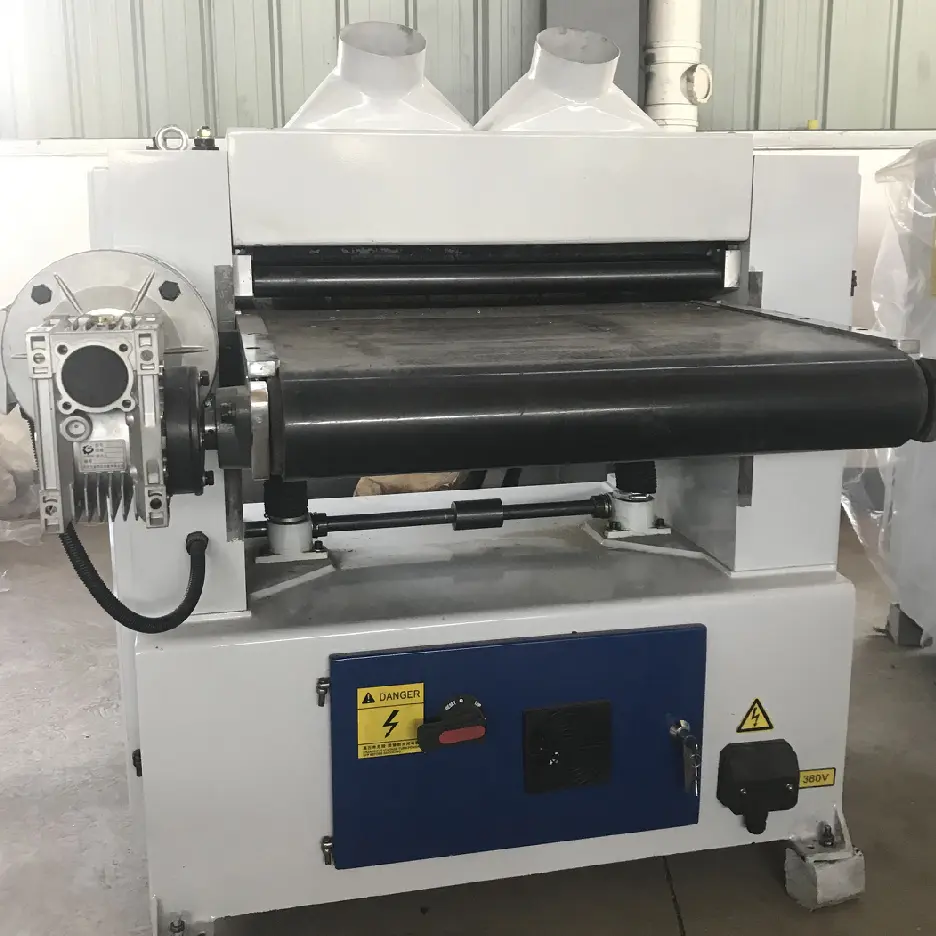1. What is a milling machine? What is a plane?
1. A milling machine is a machine tool that uses a milling cutter to mill workpieces. It can not only mill planes, grooves, gear teeth, threads and splined shafts, but also process more complex profiles, and is widely used in the machinery manufacturing and repair sectors. The earliest milling machine was a horizontal milling machine created by American E. Whitney in 1818. In 1862, American J.R. Brown created the first universal milling machine. The gantry milling machine appeared around 1884. Later came the semi-automatic milling machines and CNC milling machines that we are familiar with.
2. A planer is a linear motion machine tool that uses a planer to plan the plane, groove or formed surface of the workpiece. It achieves the purpose of planing the surface of the workpiece through the linear reciprocating motion generated between the tool and the workpiece. On the planer, you can plan horizontal planes, vertical planes, inclined planes, curved surfaces, step surfaces, dovetail-shaped workpieces, T-shaped grooves, V-shaped grooves, holes, gears and racks, etc. It has the advantages of processing narrow and long surfaces. Higher efficiency.
2. Comparison between milling machine and planer
After figuring out the performance and characteristics of the two machine tools, let’s do a set of comparisons to see what the differences are between milling machines and planers.
1. Use different tools
(1) Milling machines use milling cutters that can mill planes, grooves, gear teeth, threads, splined shafts and more complex profiles.
(2) The planer uses a planer to perform linear motion on the plane, groove or formed surface of the workpiece during operation. It should be noted that large gantry planers are often equipped with components such as milling heads and grinding heads, which allow the workpiece to be planed, milled and ground in one installation.
2. Different ways of tool movement
(1) The milling cutter of a milling machine usually uses rotation as the main movement, and the movement of the workpiece and the milling cutter is feed movement.
(2) The planer blade of the planer mainly performs straight-line reciprocating motion.
3. Different processing ranges
(1) Due to its cutting characteristics, milling machines have a wider processing range. In addition to processing planes and grooves like planers, they can also process gear teeth, threads, splined shafts, and more complex profiles.
(2) Planer processing is relatively simple and is more suitable for narrow and long surface processing and small-scale tool processing.
4. Processing efficiency and accuracy are different
(1) The overall processing efficiency of the milling machine is higher and the accuracy is better, which is suitable for mass production and processing.
(2) The planer has low processing efficiency and poor precision, and is more suitable for small batch processing. It is important to note that planers have an advantage when it comes to surfacing narrow and long surfaces.
Post time: Apr-12-2024

